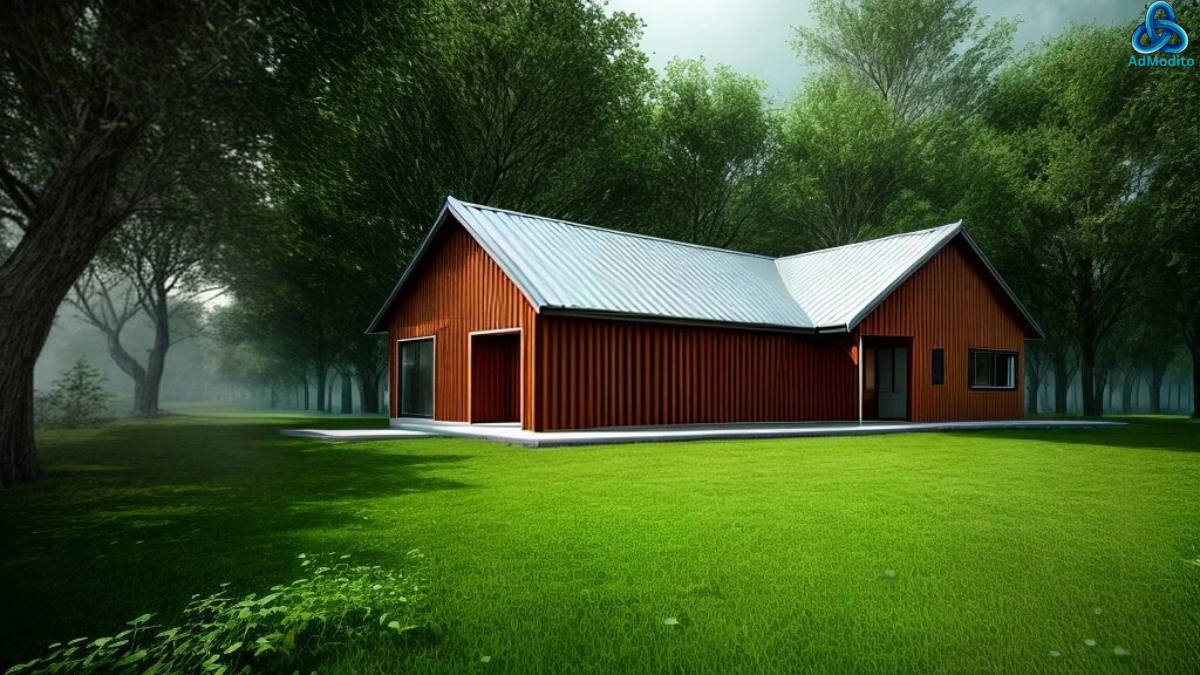As climate change intensifies, the construction industry faces an urgent challenge: how to design and build structures that can endure extreme weather events and environmental shifts. Designing for resilience has become a priority, driving innovations in materials, techniques, and building technologies that aim to enhance durability and safety. To effectively navigate this shift, construction estimating companies are crucial in evaluating the cost and feasibility of resilient materials and designs, helping builders make informed decisions about projects that prioritize longevity and environmental adaptability.
1. Understanding Resilient Design in the Face of Climate Change
Resilient design focuses on creating structures that can withstand the impacts of extreme weather events, such as hurricanes, floods, wildfires, and heatwaves. Beyond traditional durability, resilient buildings are designed to protect inhabitants and minimize long-term maintenance costs, even as the environment around them changes. This approach requires careful planning, resourceful material use, and a deep understanding of local environmental conditions.
By prioritizing resilience, architects and builders are creating structures that adapt to evolving climate conditions and reduce the risks of damage or destruction. Notably, resilient design extends beyond individual buildings to consider entire communities and ecosystems, ensuring that urban infrastructure as a whole is prepared for future challenges.
2. Innovations in Building Materials for Resilience
A significant aspect of resilient construction is the use of innovative materials that can withstand harsh conditions. For example, high-performance concrete, engineered timber, and weather-resistant steel are increasingly used in projects to enhance durability. High-performance concrete, in particular, resists cracking and erosion caused by saltwater and fluctuating temperatures, making it ideal for buildings in coastal areas prone to storms and flooding.
Newer materials like self-healing concrete, which can repair small cracks on its own, and phase-change materials that adapt to temperature changes are also being adopted in resilient design. These materials help maintain structural integrity and comfort without extensive energy use, aligning with sustainability goals as well. Additionally, impact-resistant glass and hurricane-proof windows are being widely used to protect against flying debris during storms, especially in hurricane-prone regions.
3. Flood and Storm-Resistant Building Techniques
Given the increasing frequency of floods and storms, resilient building techniques have adapted to meet these threats. Elevating buildings above anticipated flood levels, for example, has become a standard practice in flood-prone areas. Structures are often raised on stilts or piers to prevent water damage to foundations and interiors, minimizing the risk of flooding.
In coastal regions, builders are also employing wind-resistant designs and materials that can withstand extreme gusts. Roofs and walls are reinforced with specially designed anchors, trusses, and fasteners that provide additional stability against hurricane-force winds. When applied comprehensively, these storm-resistant techniques help protect buildings from severe weather impacts, saving lives and reducing repair costs after a disaster.
4. Designing for Extreme Temperatures and Wildfire Resilience
With global temperatures rising, buildings now require resilience against both heatwaves and wildfires. For heat-resistant construction, passive design techniques are widely implemented to keep indoor temperatures comfortable without excessive energy use. This can include orienting windows and walls to minimize direct sunlight, installing high-quality insulation, and using materials that reflect rather than absorb heat.
In wildfire-prone regions, fire-resistant materials are essential. Builders use concrete, metal, and treated wood that resist ignition, reducing the chances of fire spreading to the structure. Vegetation management—keeping plants away from the building—and adding fire breaks, such as gravel or stone landscaping, also help mitigate fire risks. These strategies not only enhance resilience but also improve safety and protect surrounding communities from fire-related threats.
5. Role of Technology in Resilient Design
Technology is central to resilient building, with AI and data analytics playing key roles in predicting climate impacts and planning accordingly. Building Information Modeling (BIM) software, for instance, allows architects and engineers to create highly accurate, data-driven designs that consider local climate projections and potential hazards. BIM can simulate the impact of extreme weather events on a building, enabling professionals to adjust designs and materials accordingly.
In addition to design technology, smart sensors are being embedded within buildings to monitor structural health in real time. These sensors detect changes in materials and environmental conditions, alerting property managers to issues before they become serious problems. By integrating these technologies, builders are able to create structures that not only withstand climate change but also adapt and respond to it.
Economic Considerations of Resilient Construction
While resilient construction can require a higher upfront investment, it often leads to significant cost savings over time. Lower repair costs, fewer insurance claims, and reduced maintenance add up to a better long-term investment. Resilient buildings are also increasingly sought after in the real estate market, as more buyers and tenants prioritize structures that offer safety and durability in an uncertain climate.
For developers, working with construction takeoff companies that understand resilient materials and techniques is essential for accurate budgeting. Takeoff companies can assess the quantities and costs of specialized materials, helping developers make informed decisions about resilient design options without unnecessary expense.
Building for a Sustainable, Resilient Future
Designing for resilience is no longer an optional consideration—it’s a necessity as climate change continues to reshape our environment. By investing in resilient construction practices and materials, the industry is taking proactive steps to protect lives, preserve resources, and ensure the longevity of built environments. Through careful planning, collaboration, and the use of cutting-edge technology, the construction industry can build structures that withstand the forces of nature and contribute to a safer, more sustainable future for all.
